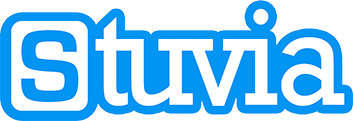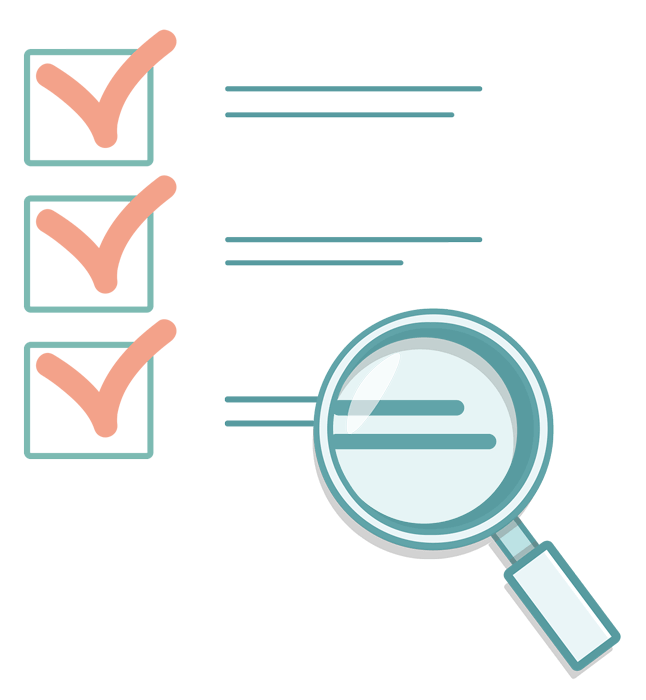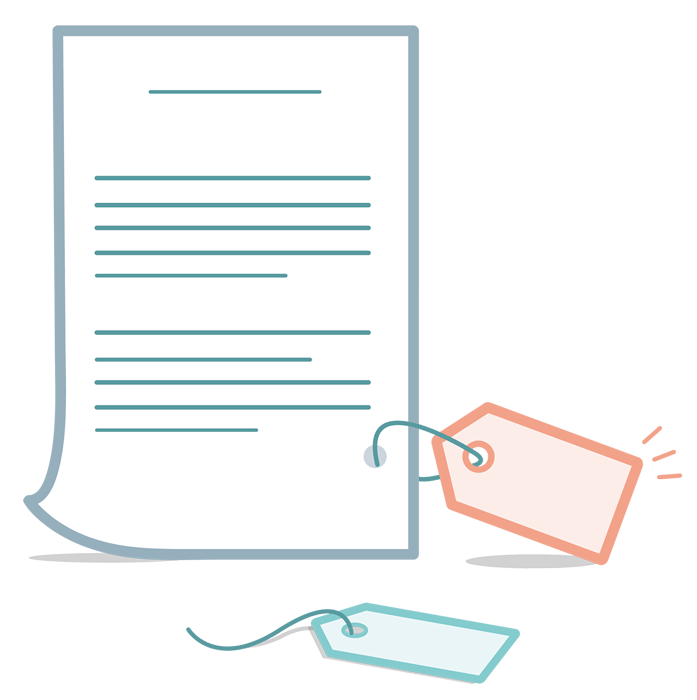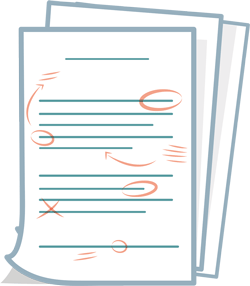Exam (elaborations)
TEST BANK – Fundamentals of Human Neuropsychology, 8th Edition by Bryan Kolb & Ian Q. Whishaw | Verified Q&A & Rationales | All Chapters | Pass Guaranteed
This expert-verified test bank covers all chapters of Fundamentals of Human Neuropsychology, 8th Edition by Kolb & Whishaw, offering high-quality exam-style questions with rationales. Ideal for neuropsychology and neuroscience students, it simplifies complex concepts about brain structure, cognitiv...
[Show more]




